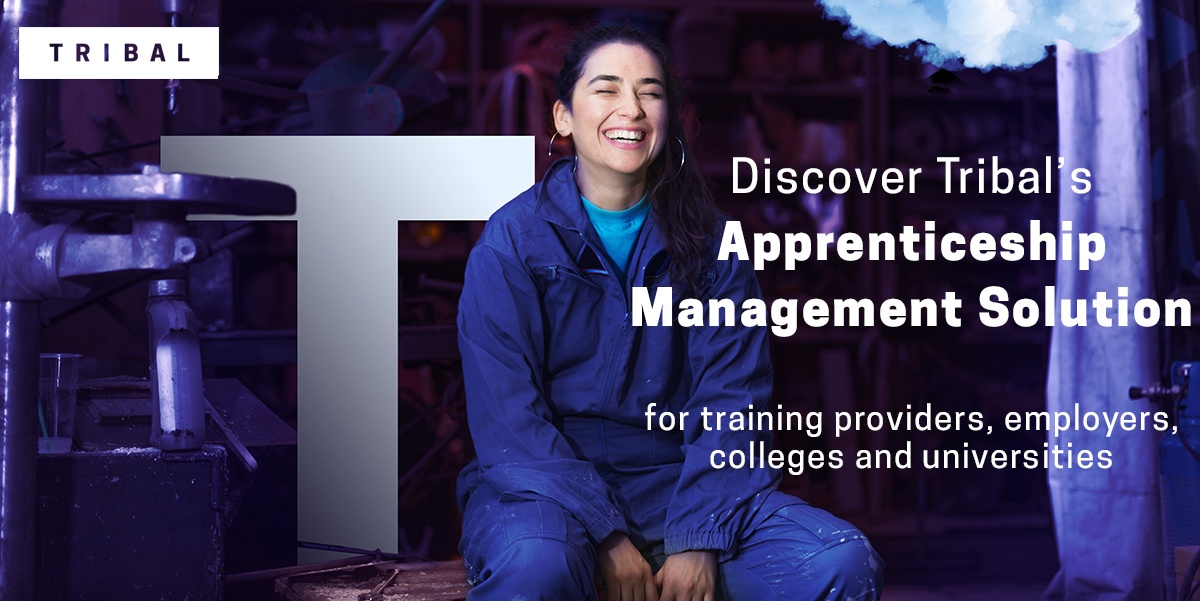Degree Apprenticeships: 7 important things you need to know
With apprenticeship programmes firmly established in government policy, they are just too important for higher education to ignore! Higher and degree apprenticeships are an attractive, debt-free way to become a student, and once graduated, a highly employable individual. They can generate an income stream for universities, and establish and reinforce existing links with employers, providing them with fully competent professionals. What’s not to like?
With the government working hard to raise awareness of apprenticeships, developing higher and degree apprenticeship programmes linked to your subject specialisms might seem very appealing for any higher education institution.
No opportunity comes without a challenge, and this is no exception, the coordination of degree apprenticeships across your institution might initially be tricky. With multiple business areas to consider, it helps to have an awareness of the facts. Here are seven important things you need to know:
1. The management of degree apprenticeships is very different to traditional degrees. Don’t underestimate the extent of employer engagement and the importance of partnerships with regional stakeholders. Reporting and funding are also very different and will likely require significant resource for new systems, staff engagement and development.
2. The apprenticeship standard needs to be approved before delivery takes place. Does the programme you deliver map into an approved standard? Alternatively, are you prepared to get involved in developing a new standard? The latter will require time and resource.
If you’re not already on the Register of Apprenticeship Training Providers, you’ll need to be able to demonstrate that you are able to fill a gap in training provision where there is currently no, or not enough training available and also be nominated by an employer as a preferred provider.
3. An HE qualification might just be one component of the overall apprenticeship. Have you planned how functional skills will be delivered if required – would you need a subcontracted partner? If the value of your subcontracted delivery exceeds £100k, you will also need to comply with the new subcontracting standard requirements. Are you in a position to support your apprentices through End Point Assessment (EPA)? As of September 2022, for majority of degree apprenticeships the EPA and the degree will need to be fully integrated. This could mean changing your existing degree programme design to fit the EPA integration requirements.
4. Apprenticeship starts are driven by employer demand. Have you considered future demand, links with employers or the national skills gap? Are you prepared to test learner/employer eligibility for funding? Are your delivery patterns flexible enough to take on new candidates outside the traditional structure of the academic year?
5. The majority of apprentices work 30 hours or more, with a minimum of 6 hours per week spent on off-the-job training. You need to have a tracking mechanism in place to quantify the time spent on learning, as well as regular progress reviews to allow all parties to stay on track. You also need to be prepared to embrace the work patterns of your apprentices, e.g. by assessing learning whilst ‘on-the-job’, arranging block/day release or incorporating other alternative delivery methods, such as blended learning.
For more on the rules for off-the-job training, read our blog.
6. ESFA funding rules are complex and require regular funding claims. This needs to be considered alongside the changing HESA data returns. You might recognise a need to upgrade your current learner management systems to be able to handle the Individualised Learner Record (ILR) requirements and ensure that your staff have the funding expertise to maintain compliance, forecast and reconcile the funding. End to end apprenticeship management systems can help to relieve the pressure, especially as it’s now mandatory to report planned and actual off-the-job training hours in the ILR claim.
7. There is a continuous need to monitor and improve the quality of apprenticeships. You need to consider the requirements of Ofsted’s Education Inspection Framework in relation to your own delivery, and that of your subcontracted partners. Understanding Qualification Achievement Rates (QAR) and monitoring your delivery against thresholds is also essential, as it could have funding implications, triggering an ESFA intervention.
The above list is by no means exhaustive, as a well devised programme takes time and effort. But the rewards can be more than just generating additional income. Degree and higher apprenticeships can open doors to candidates who would not otherwise be in a position to afford higher education, or whose learning styles mean they perform better in a working environment than the traditional classroom.
The senior management of an HEI will no doubt see the added value of widening the existing range of courses, as well as widening participation. Academic staff will gain from an employer’s insight, links with local business will be strengthened and the next generation of employees will be fully competent and versed in the world of work.
Bearing in mind all the benefits, it is certainly an opportunity that’s difficult to say no to!
If you’re starting to deliver degree apprenticeships and want to know more about funding, subcontracting, standards, and quality, click below.
TOPICS:
Skills, Training and Employability
SHARE THIS ARTICLE:




